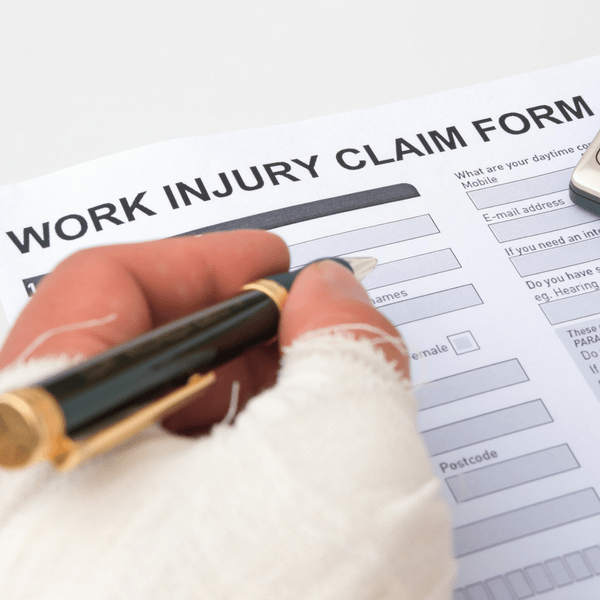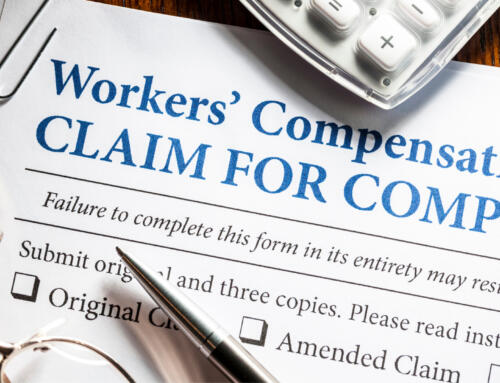There were 2.6 million non-fatal workplace injuries in 2021 alone. This number has significantly decreased from the 5 million plus people injured in 2003. Yet, it is still far too many casualties. If you’re one of the millions of people who have been injured at work, there are a number of things you need to know about the statute of limitations on a work injury in Minnesota.
Many of these revolve around workers’ compensation and the benefits of hiring a workers’ comp attorney in Minnesota. Some, though, are about the type of medical care you’re entitled to receive, the type of injury you sustained, and more.
Keep reading for a detailed list of three must-know facts about the Minnesota statute of limitations on work injuries. Don’t hesitate to contact us today if you’ve been hurt at work. We work on a contingency basis, which means you don’t pay a cent unless we get you a settlement. Call or text (612) 465-8733 now to learn more!
What is the Statute of Limitations in Minnesota?
The statute of limitations on a work injury in Minnesota varies. If your employer filed something called a First Report of Injury, then you have three years from the date of injury listed on the report. It’s important to point out that your employer must file this report with the Minnesota Department of Labor and Industry, not with their insurer. If your employer didn’t file this report, you have six years from the date of your injury.
This is longer than many people think. Most workers, especially workers involved in construction accidents, believe that you must file a workers’ compensation claim immediately or risk losing the ability to get benefits. This isn’t the case.
Besides the statute of limitations on work injuries in Minnesota, there are other factors to consider. Take, for instance, the issue of notice. It’s important you notify your employer right away of any injuries due to potential defenses they may bring.
For these reasons, it’s a good idea to consult with an experienced workers’ compensation attorney to get information specific to your situation. If your employer is trying to bully you, or telling you that you have less than three or six years, it’s absolutely necessary to contact an attorney.
The Type of Claim Impacts the Time

While the statute of limitations on a work injury in Minnesota is either three or six years, the type of claim you file does impact this time. Workers’ compensation claims and personal injury suits have different times because, though the two are related, they are different types of law and seek settlements from different entities.
Personal injury cases have a statute of limitations of six years, which is much shorter than workers’ compensation claims. That being said, different types of personal injury suits also have different statutes of limitations. Medical malpractice, for example, has a four-year timeframe, while wrongful death has a three-year statute.
These differences, and all the confusion they’re bound to cause, highlight the need for a personal injury attorney.
When Did You Discover the Injury?
Another factor that determines the statute of limitations on a work injury in Minnesota is when you discovered that you were hurt. Your three or six-year timeframe begins from the date of your work injury or the date listed on the First Report of Injury. What if your injury isn’t immediately apparent, though?
This is often the case for repetitive stress injuries like carpal tunnel. These don’t announce themselves like falling from a roof. This type of subtler injury brings the rule of reasonableness into the picture. This is the idea that the statute of limitations on a work injury in Minnesota begins from when you reasonably should have known you were injured and that injury was work-related.
This last point, realizing your injury is work related, is vitally important. Repetitive stress injuries can be hard to pinpoint the cause of. You may think a twisted ankle occurred at work, when it really occurred while you were at the park. The work-related distinction is just one reason that while the rule of reasonableness works on paper, it is often much harder to put into practice in real life. This is another reason that finding the most experienced workers’ compensation attorney you can is a smart move. In fact, when dealing with subtler injuries, retaining skilled in legal help isn’t just smart – it’s vital.
Call 612-INJURED for Legal Help
Contact the work comp lawyers at 612-INJURED today to learn how we can help. Remember, your consultation is always free, and we won’t charge you unless we can reach a settlement or win in court. Call (612) 465-8733 now to be connected to Minnesota’s premier workers’ comp attorneys!











